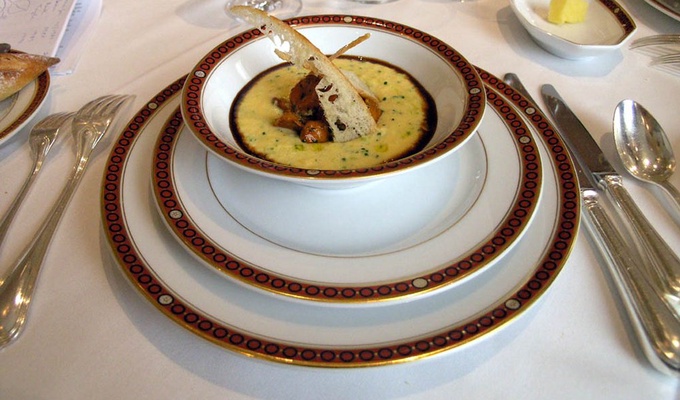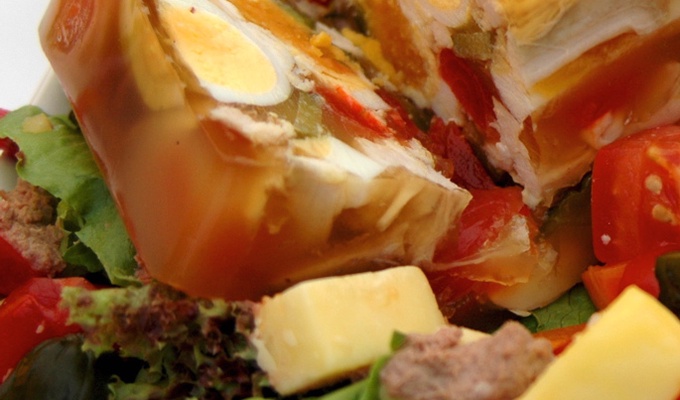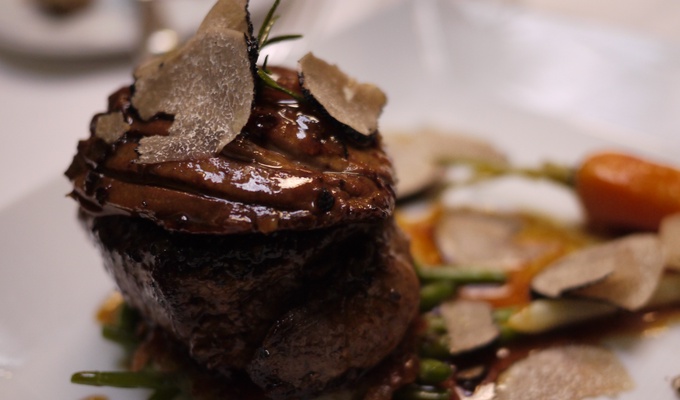Haute cuisine (French lit. "high cuisine") refers to the highly refined and sophisticated style of cooking that emerged in France during the 17th and 18th centuries and became the standard for elite dining across Europe. It is characterized by meticulous preparation, elaborate presentation, and the use of luxury ingredients such as truffles, foie gras, shellfish, and exotic spices, many of which were made available through France's imperial networks.
The development of haute cuisine was closely tied to the French monarchy and aristocracy, particularly during the reign of Louis XIV, where it became a symbol of cultural dominance and courtly prestige. Its codification under chefs like Marie-Antoine Carême in the early 19th century and later Auguste Escoffier further solidified its role as the international gold standard of elite European cuisine.
Dishes were often named after royalty, nobility, or other prominent figures, such as Tournedos Rossini or Sole Véronique, blending culinary artistry with a nod to social and cultural hierarchies. This practice reinforced the exclusivity and grandeur of haute cuisine, while its reliance on imported ingredients highlighted the role of imperialism in shaping the tastes of the European elite. Over time, haute cuisine became synonymous with French cultural hegemony, influencing dining practices worldwide.
Decline and rise of nouvelle cuisine
The decline of haute cuisine in the late 20th century was driven by a combination of cultural, economic, and culinary shifts that challenged its elaborate, hierarchical, and resource-intensive model. Key to this transformation was the emergence of nouvelle cuisine in the 1960s and 1970s, a movement spearheaded by chefs like Paul Bocuse and the Troisgros brothers, who sought to break away from the rigid conventions of haute cuisine codified by Escoffier. Nouvelle cuisine emphasized lighter, fresher preparations, minimal cooking times, seasonal and regional ingredients, and artistic plating that allowed the natural flavors of food to shine without the heavy sauces and ornate garnishes typical of haute cuisine.
This shift reflected broader societal trends, including the democratization of dining, a growing emphasis on health and simplicity, and changing tastes that favored authenticity over formality. Economic factors also played a role; the opulence of haute cuisine became increasingly out of step with the more casual and inclusive dining culture of the late 20th century. Nouvelle cuisine’s embrace of innovation and creativity further diminished the dominance of haute cuisine, fostering the rise of global culinary styles and fusion cuisine. While haute cuisine retained its prestige in fine dining circles, its influence waned as the culinary world expanded to include a broader spectrum of traditions, techniques, and philosophies.




